California Highway Patrol Mistakes Sleeping Guardsman for Self-Driving Military Vehicle
“We thought it was autonomous… until it yelled ‘HOOAH’ in its sleep.”
Bakersfield, CA — Late Sunday night, California Highway Patrol officers attempted to pull over what they believed was a self-driving military Humvee cruising steadily along Highway 99. The vehicle maintained a perfect center lane position, obeyed all traffic laws, and even used its blinker, behavior immediately flagged as “highly suspicious.”
But upon approaching the vehicle, officers were stunned to discover not an AI system, but a fully uniformed National Guardsman in the driver’s seat… asleep. Hat on, mouth open, tactical vest halfway unzipped, and snoring like a wounded Black Hawk.
“That Ain’t No Tesla, Brother”
“Initially, we assumed it was some kind of autonomous test unit,” said CHP Trooper Larry Mendoza. “Then we saw the driver. Dude had dip spit on his sleeve and was muttering something about MRE tortillas in his sleep. That’s when we realized: this wasn’t AI, it was E-6.”
The driver, identified as Staff Sergeant Kyle R. Holtzclaw, 31, of the California Army National Guard’s 578th Engineer Battalion, reportedly fell asleep en route back from “a mandatory safety briefing about not falling asleep while driving.”
According to his squadmates, Holtzclaw is known for his ability to “rack out anywhere” and once slept through an entire Combined Arms Rehearsal during Annual Training.
Muscle Memory Meets State Active Duty
National Guard officials confirmed the vehicle was not equipped with autonomous driving technology, though they did admit it had “Guard-issued cruise control,” which consists of a slightly stuck accelerator and a rosary hanging from the rearview mirror.
Holtzclaw later told investigators he had “zero recollection of getting on the 99” and assumed his body “just knew the way home.”
“I been sleep-driving since Iraq,” he said, rubbing his eyes and sipping a warm gas station coffee. “Your spine just learns where the off-ramps are.”
No Laws Broken, Just Spirits
CHP declined to issue a citation, citing a mix of disbelief and what they called “tactical reverence.”
“He somehow merged across three lanes, avoided potholes, and pulled off a textbook right turn into a Denny’s parking lot, all while unconscious,” said Officer Mendoza. “We didn’t know whether to arrest him or salute him.”
Instead, officers escorted Holtzclaw inside and bought him a Moon's Over My Hammy, which he reportedly devoured in five minutes before falling asleep in the booth.
Army Responds: “We’re Not Even Mad”
The California National Guard released a short statement:
“Staff Sergeant Holtzclaw’s conduct, while technically unsafe, showcases the adaptive resilience of our force. We will investigate thoroughly, but unofficially, we get it.”
Unofficial doctrine is already circulating on drill hall corkboards under the title:
“FM 10-24: SleepOps: Navigating the Civilian World with Zero REM Cycles.”
Coffee Was Involved (Barely)
A cold cup of gas station brew was found in the vehicle’s center console, unopened, next to an energy drink labeled “Nuclear Mango.” Experts believe Holtzclaw may have intended to stay awake but was overcome by the combined forces of boredom, duty fatigue, and his Spotify playlist looping “Shipping Up to Boston” for 45 minutes.
Final Assessment: Soldier Safe, Highway Confused
As of press time, Holtzclaw has returned to his unit and been advised not to operate military vehicles unless “at least 43% awake.” Meanwhile, the Humvee remains parked outside the Denny’s, awaiting a tow and possibly a commendation.
The incident is being classified under Guard internal reports as “Code 68W-TF: Too Fing Tired.”*
About the Author:
Buck Hightower drove trucks before he wrote stories, and now he does both with equal amounts of sarcasm and caffeine. A former 88M with a PhD in falling asleep at red lights, Buck specializes in covering military absurdity, vehicular chaos, and the fine art of tactical napping. He distrusts PowerPoint, respects Rip-Its, and once convoyed from Fort Hood to Fort Irwin powered only by spite and beef jerky.
[CLASSIFIED // ARC INTERNAL USE ONLY]
This After Action Review has been marked UNVERIFIED and may contain fabricated intel, non-attributional quotes, and unauthorized disclosures.
If you’ve read this far, you are now part of the problem.
Report all emotional damage and caffeine overdoses to your nearest field-grade officer.
This page will not self-destruct. But it should.

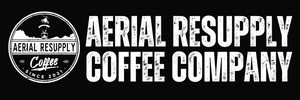

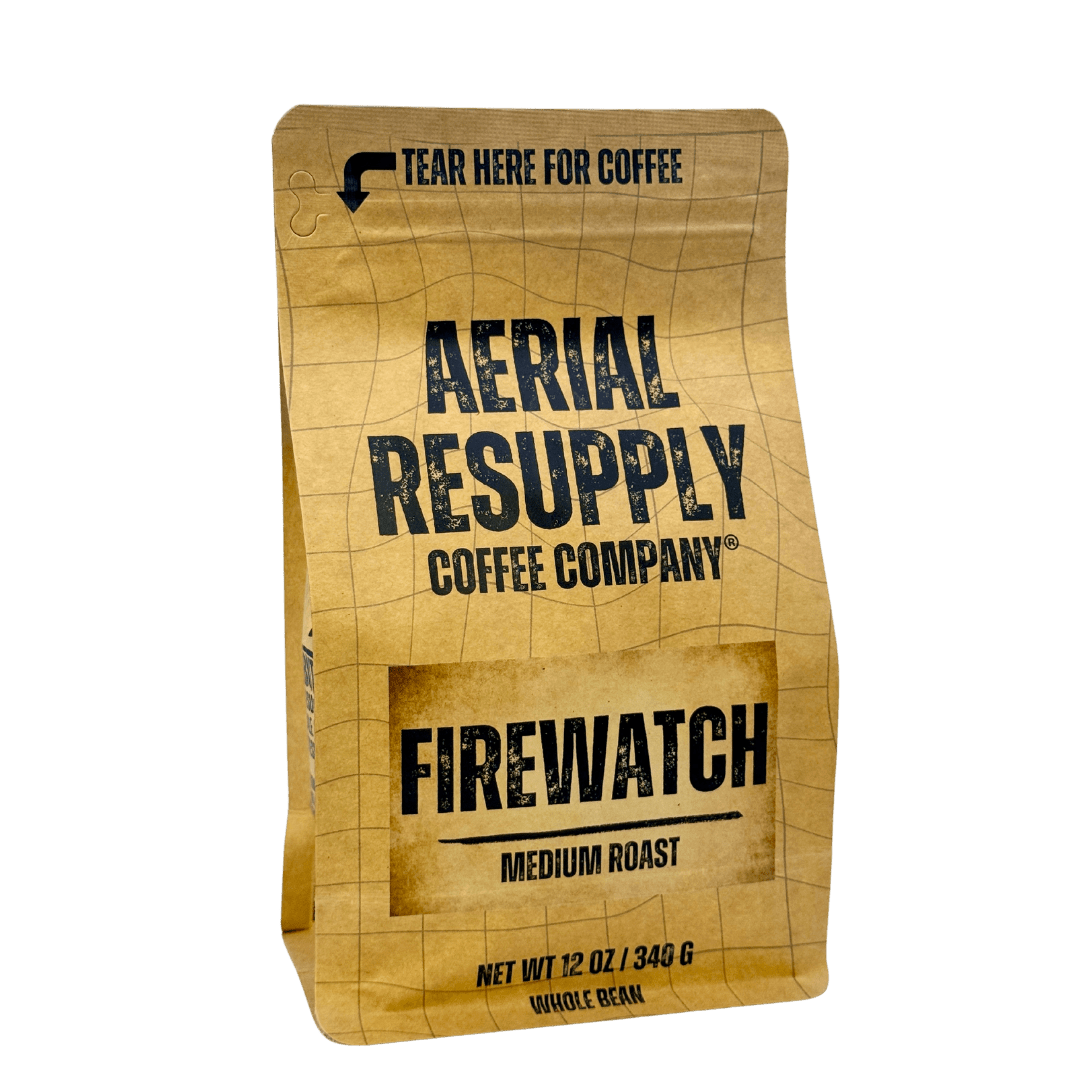
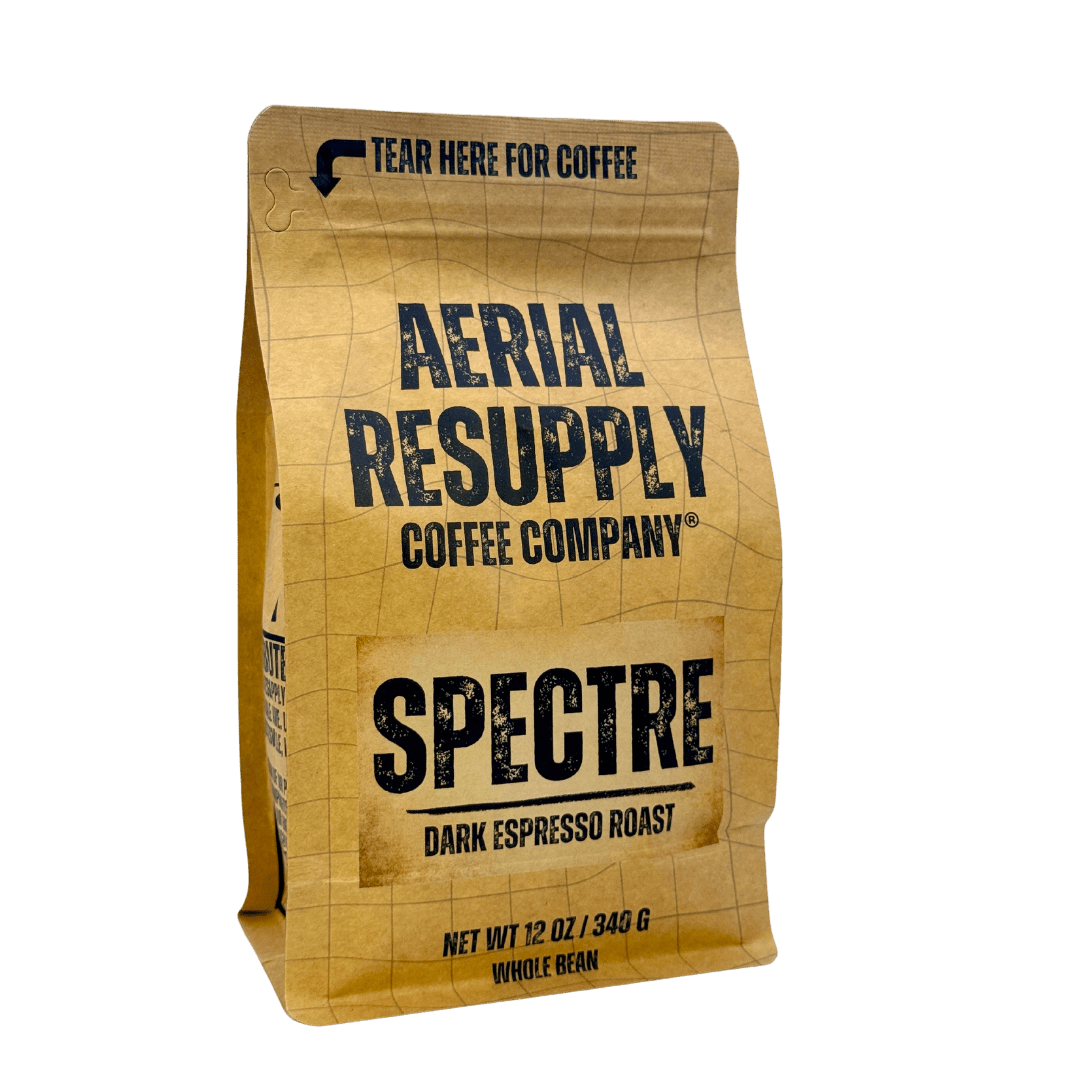
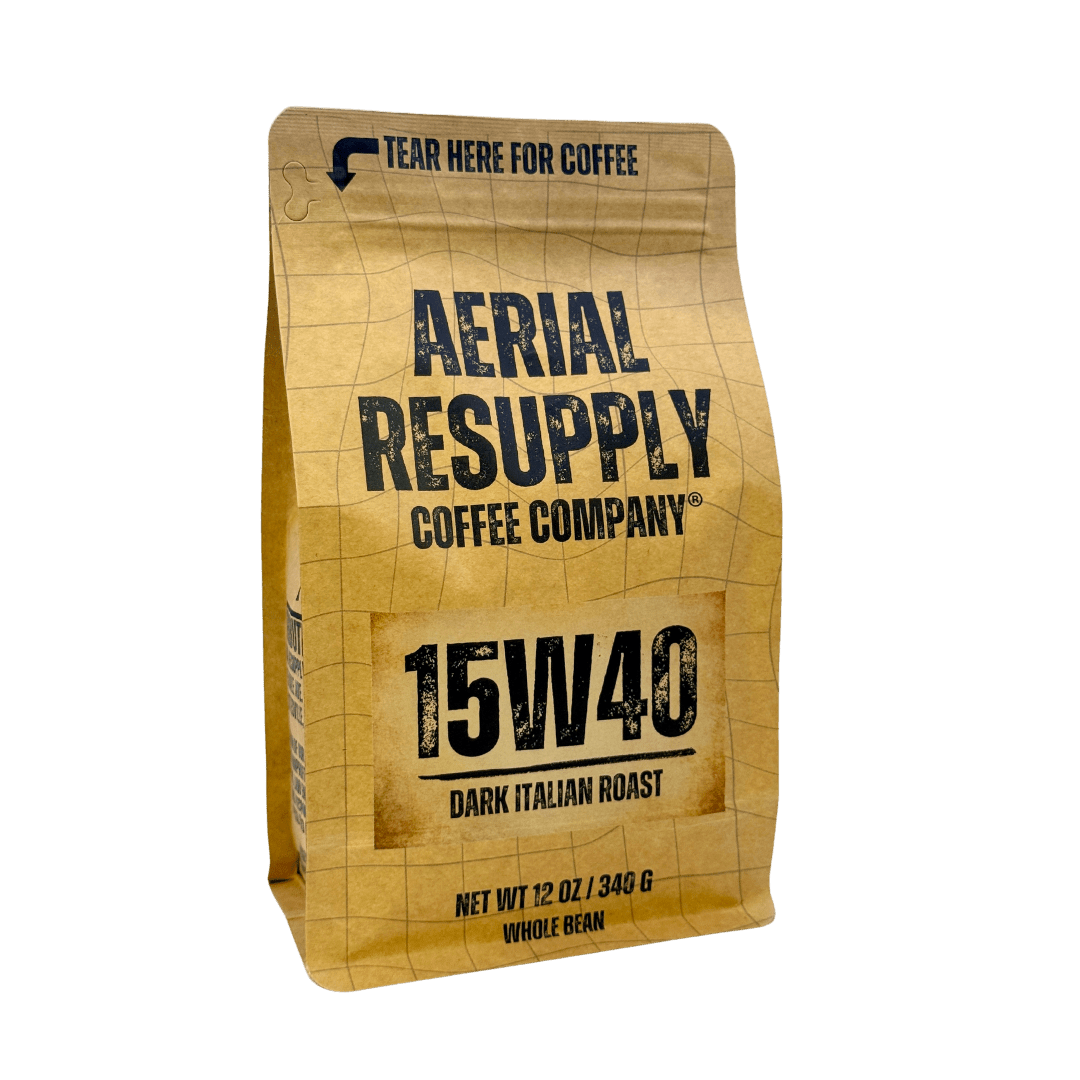
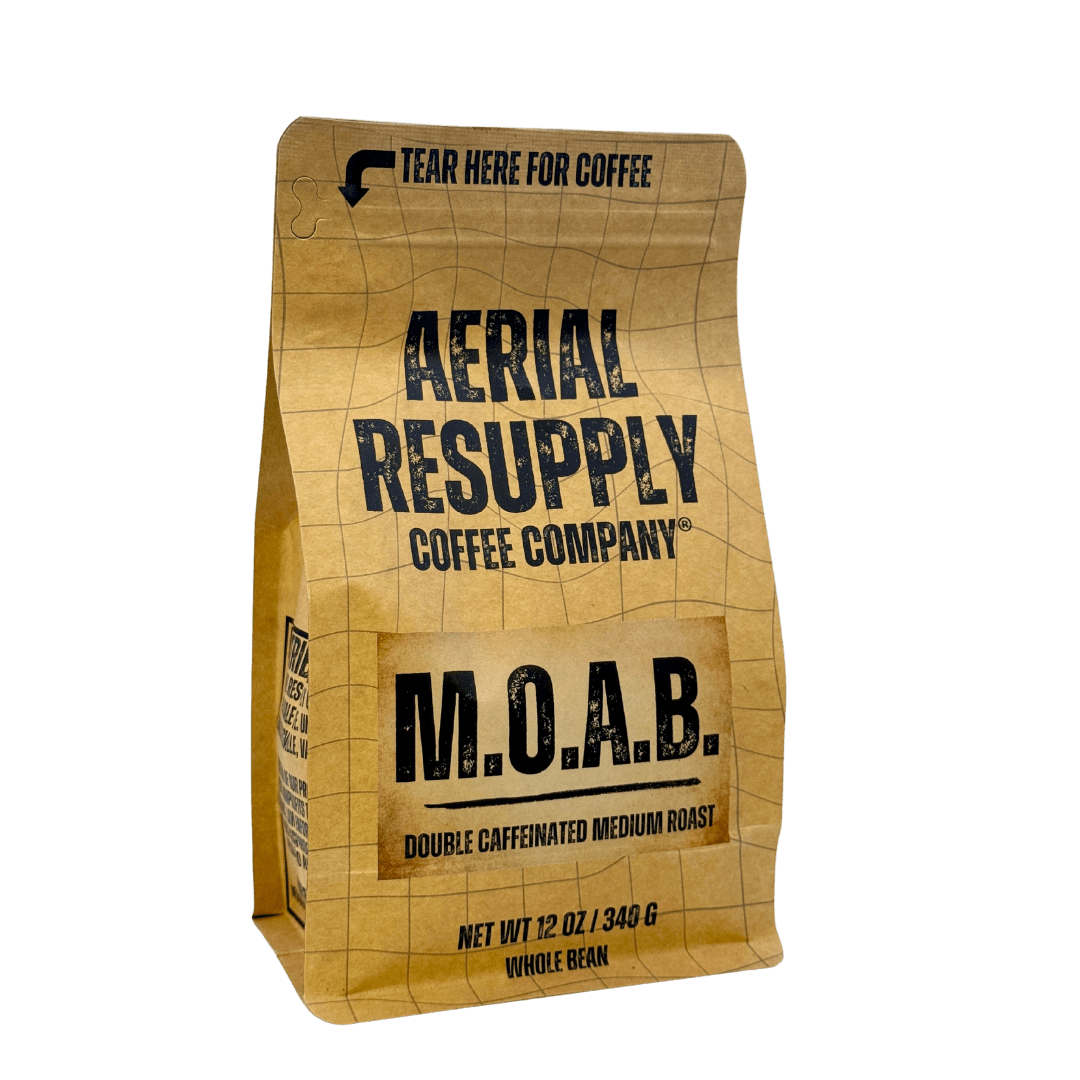
Leave a comment